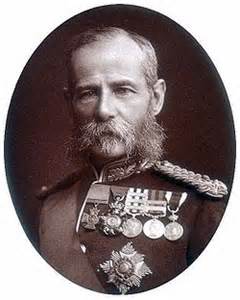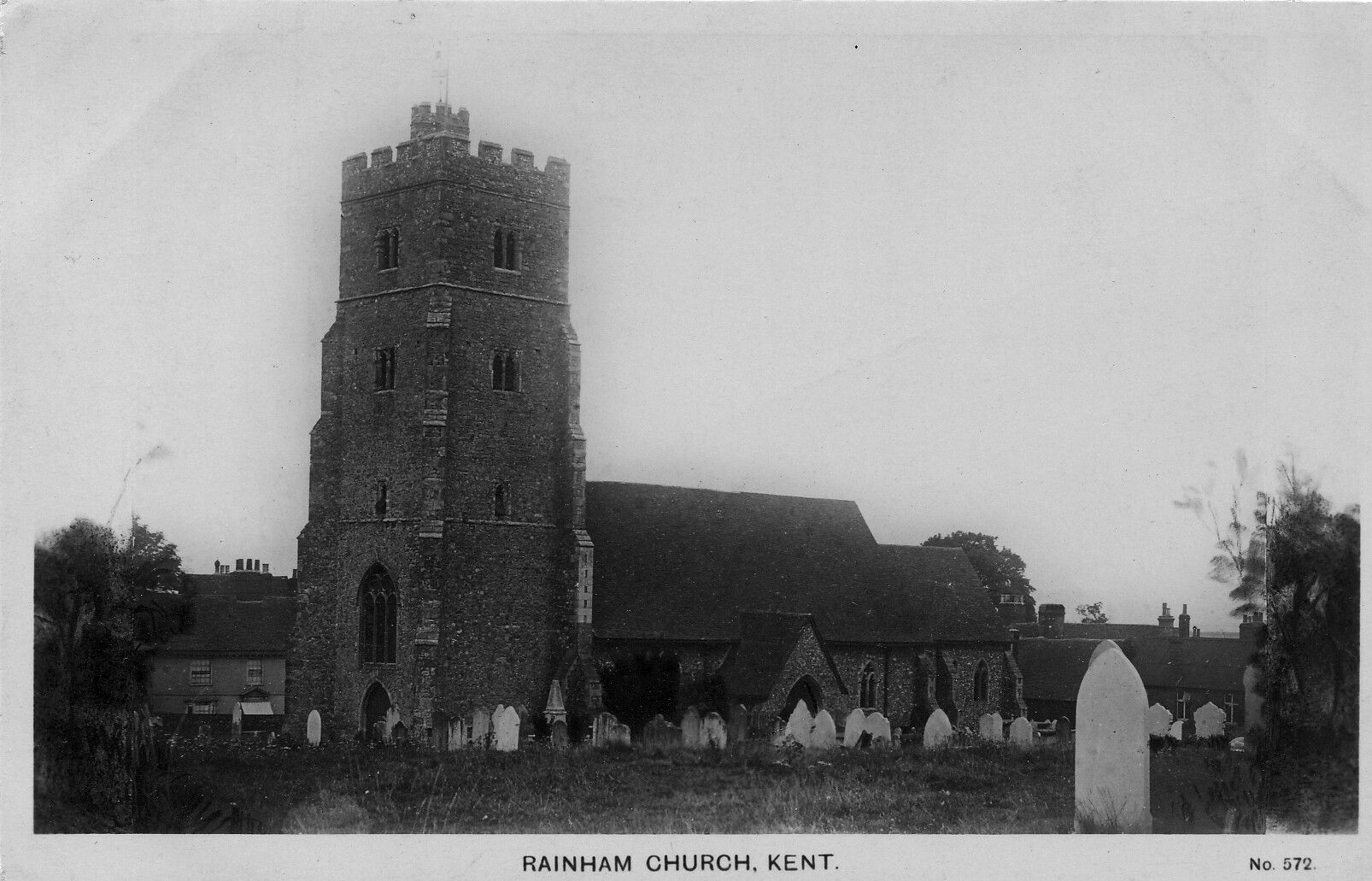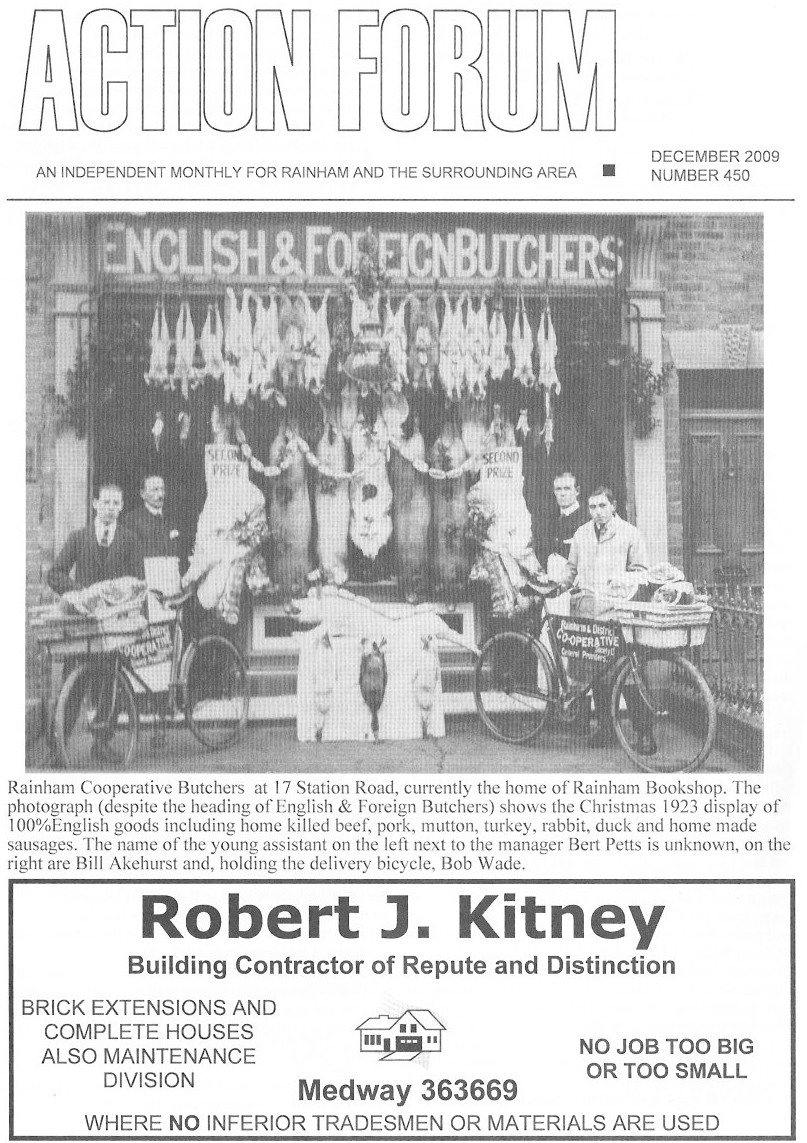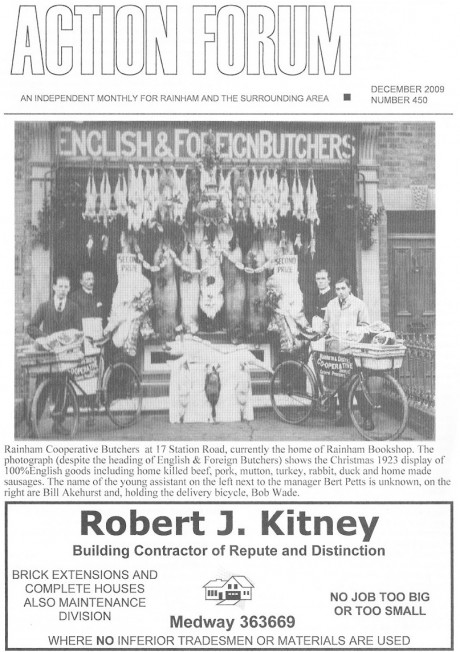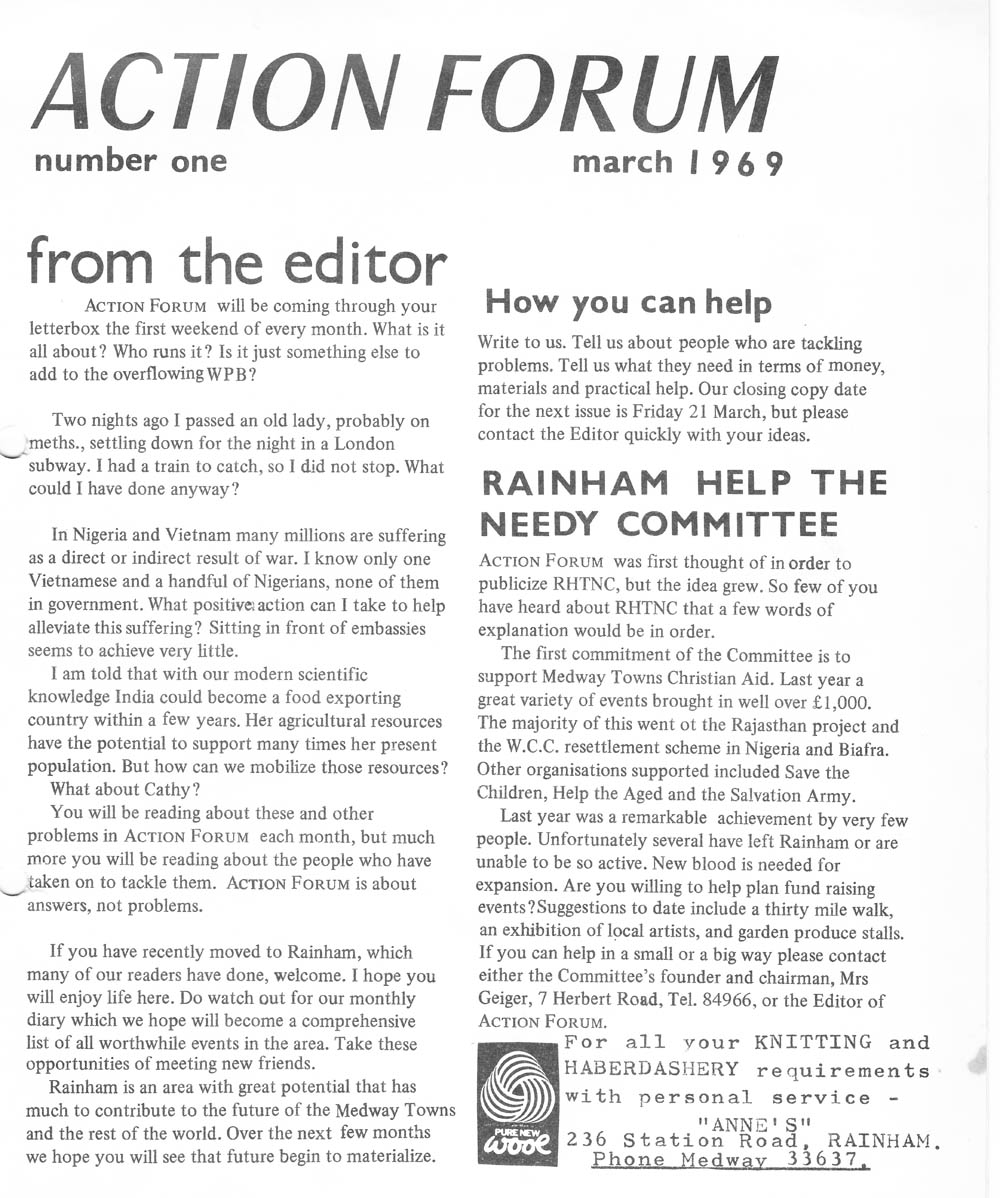Rainham and the Aftermath of World War 1
The war had dragged on for four years but with the end of the conflict on November 11th 1918 everything slowly reverted back to normal in the village. New lighting for Rainham came under discussion at the parish council and preparations began to have a war memorial constructed to remember those who had died in the conflict while at national level the government called a General Election.
Men who had fought in the war gradually returned home, some recovering from wounds, others with stories of war experiences while a few unlucky ones were killed at the very end of the conflict. James Keutenius of Station Road died on November 10th 1918, the day before the end of the war when a German submarine torpedoed and sank the minesweeper on which he was serving. He drowned with the rest of the crew. He left three children who were orphaned as his wife had died a short time earlier. Sergeant Archie Mattocks had better luck because after being badly wounded in the face and getting a chill which developed into pneumonia he made a full recovery.
As Christmas approached influenza remained a problem in Rainham and a coal shortage took place, but food could be bought without the restrictions of the war years and rations were doubled. A Christmas turkey could be bought without coupons, eggs could be bought for 5/6d a dozen and an additional ¼ pound of sugar could be purchased while there were no restrictions on the purchase of tea.
During the Christmas period fund raising activities continued as Rainham Ladies Choir toured Rainham and Hartlip singing carols to raise funds for St Dunston’s Hostel for Blind Soldiers in Regent’s Park. Accompanied by two violinists the ladies raised £11/2/0d.
Lots of freehold properties soon became available and an auction sale took place at the White Horse pub in December 1918. Only two properties were sold and these were situated in Station Road which reflected the worsening economic situation as many people were short of money. Wakeley Brothers purchased one of the houses for £150 and the other by Mr Grout for £250. Later in the year property owners and agents raised rents in Rainham.
In early January 1919 Reverend Tamplin read out the names of 88 men known to have died in the war, a combination 64 soldiers and 24 sailors while a variety concert organised by Mrs Brewer from Sittingbourne took place in aid of a memorial for fallen Rainham soldiers and sailors.
A public meeting held in the church hall in January discussed a war memorial for Rainham. Chaired by Dr Penfold, George Quinnell from Broad Walk offered some land next to the Free Library. Other suggestions for a memorial included cottage homes, a cottage hospital, an extension to the library, baths, a public hall, a stained glass window, a memorial tablet in the church and an illuminated church clock tower. Eventually the committee decided on a monumental cross with the names of fallen Rainham men inscribed on it. The committee proposed to have it erected outside the church wall facing Station Road.
In June a public meeting took place in the Church hall to welcome about 250 returning soldiers and sailors to the parish. A decision was made to hold a dinner and concert at the Church of England school in Station Road on July 5th. About 200 men attended the event. Local MP Major Granville-Wheeler gave a speech followed by Sergeant Pack, formerly of the 9th lancers, one of the first men to arrive in France with the British Expeditionary Force in 1914 and who thanked the people of Rainham for organising and funding the event.
Peace celebrations took place in Rainham on July 19th when residents decorated the village with Chinese lanterns, flags, bunting and six decorated arches were erected at various points in the High Street and in Station Road. Voluntary subscriptions raised £125 and a committee was formed with Dr Penfold elected chairman, Mr F Mattocks became honorary secretary and Mr H Heymer treasurer. A competition for the best decorations resulted in Mr Shaw, landlord of The Cricketers Inn winning first prize.
The celebrations began at 1-45 pm with an assembly of children at the top end of Station Road headed by the band of the Chatham Salvation Army and a bugle band of the Boy Scouts. They marched to Rainham Recreation Ground where a thanksgiving service taken by Reverend Webb and Reverend F E Perry took place. A full sports event followed which included a comic cricket match between ladies and gentlemen in fancy dress and a range of sports events. Concerts, swings and amusements were also provided. Over 1,000 children sat down to tea in the afternoon. Later widows and people over 60 were served dinner at the Council School where a fete took place. Meanwhile, Mrs Brunning’s Rainham Co-operative Society Maypole party of little girls performed maypole dancing. Over 2,000 people attended the fete at the Council School and a firework display held on a piece of ground in Hamilton Avenue (later Salisbury Avenue). A torchlight procession ended the day which finished at midnight.
Over 4,000 people attended a sports day at Rainham Recreation Ground later in July. The Rainham and District Branch of the National Federation of Discharged and Demobilised Soldiers and Sailors organised this in aid of a new social club for Rainham. Over 20 events took place which included a tug of war competition and a range of cycle races which turned out to be very successful.
Frank Marchant RN from Henry Street became the first Rainham resident awarded an OBE for services rendered during the war. He had served in the Dardanelles and held the position of warrant officer at the RN barracks in Chatham. Later in the year at the church hall special constables who had patrolled Rainham during the war years were awarded illuminated certificates for their services. These were presented by Mr Payne the supervisor for special constables in the district. Not all the original constables were present as 27 had already left Rainham, four were killed in the war and five had died. Later in 1922 77 medals were presented to the special constables from Rainham and 16 from Upchurch by Lieutenant Colonel R G Locke at a special presentation in Rainham Church Hall.
Periodic meetings about the proposed war memorial took place throughout the year. By the end of May £450 had been collected and a design and estimate for a marble cross submitted. At the end of November the committee decided on and ordered a granite cross from Millen and Chrisfield of Sittingbourne for a cost of £480 with a further £20 for expenses.
After preparation of the ground for the proposed war memorial in November, the dedication and unveiling of the monument took place on Sunday December 12th 1920. The memorial cross, a replica of the Cross of Iona from the Isle of Iona in Scotland made of Cornish granite stood 18½ feet high with 100 names of fallen Rainham servicemen inscribed on it.
The dedication service was supposed to take place outside but because of freezing conditions and snow most of it had to take place in St Margaret’s church. About 1,000 people packed into the church for the service conducted by Reverend Tamplin then Dr Penfold, chairman of the parish council, read out the names of the fallen soldiers and sailors. After this boy buglers from the Royal Engineers played the Last Post. Finally, Major-General Thuillier, General officer commanding the Thames and Medway area gave a speech.
After the service about 2,000 people gathered at the memorial and watched as Major-General Thuillier pulled the cord which caused the Union Jack enveloping the cross to fall away. Relatives placed floral tributes at the base of the memorial as they remembered the dead. Finally, the hoisting of the Union Jack from a half mast position on the church tower and the ringing of the church bells ended the event.
Rainham Congregational Church situated in Chapel Lane (now Mierscourt Road) also decided to have a war memorial in the form of a tablet placed on the church wall with names of soldiers and sailors inscribed on it. To do this they needed to raise £100 to £150 which they succeeded in doing and the tablet was placed on the church wall at a special service in August. With 15 names inscribed on a brass tablet mounted on teak wood by courtesy of the Admiralty, a special` service conducted by Reverend E Scott-Wilkinson in front of about 100 people took place on Sunday February 13th 1921 and the tablet unveiled. Silent prayers followed the unveiling and the service ended with the playing of the National Anthem.
With the ending of the war peace prevailed but a decade of high unemployment and economic downturn made life tough for many Rainham residents who found work hard to obtain and difficulty making ends meet, the price paid for a long and costly war. David Wood.
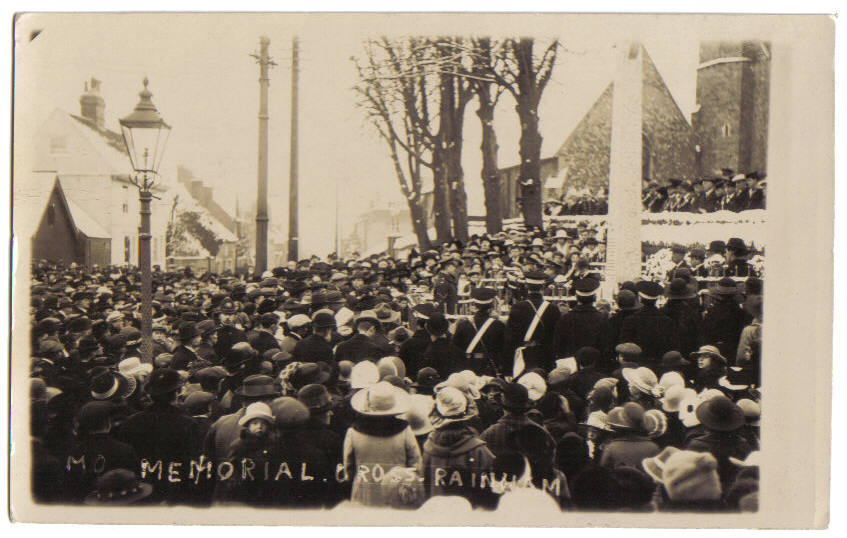
-
History Articles
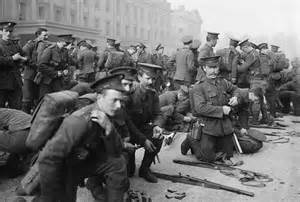


















































































































































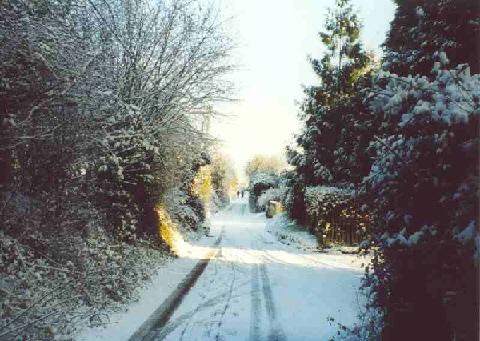
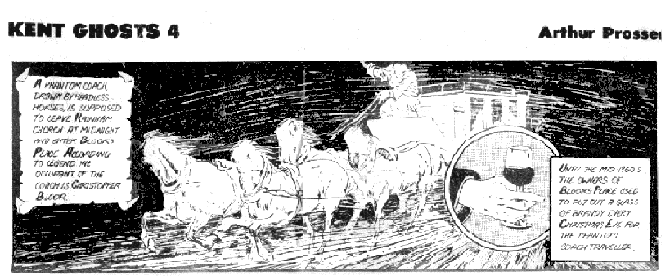
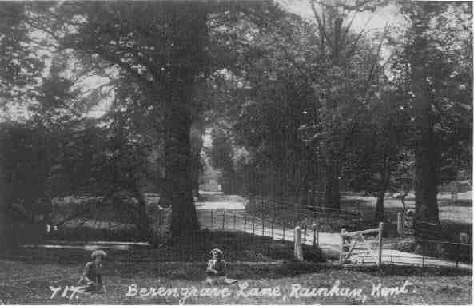
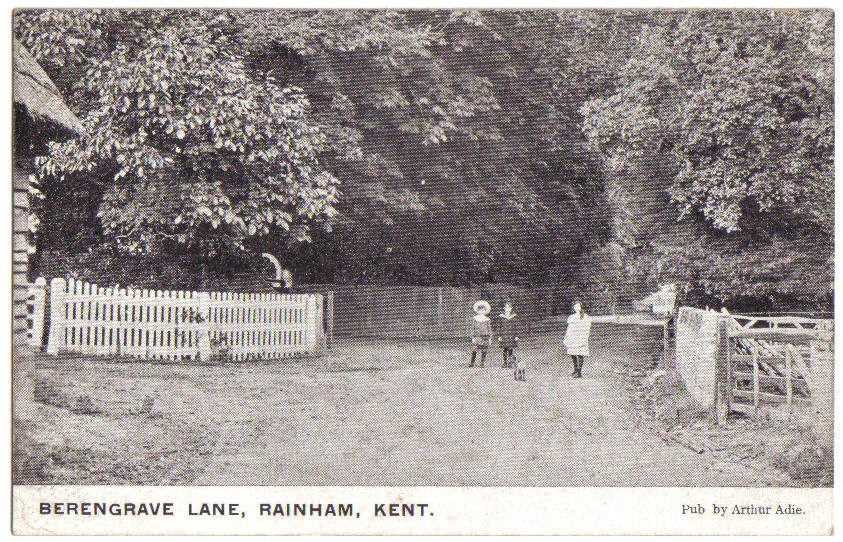
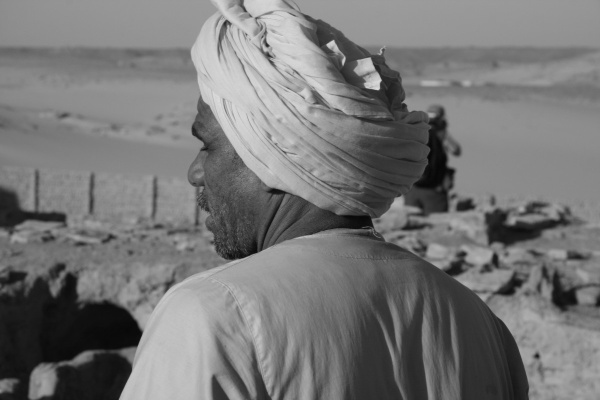

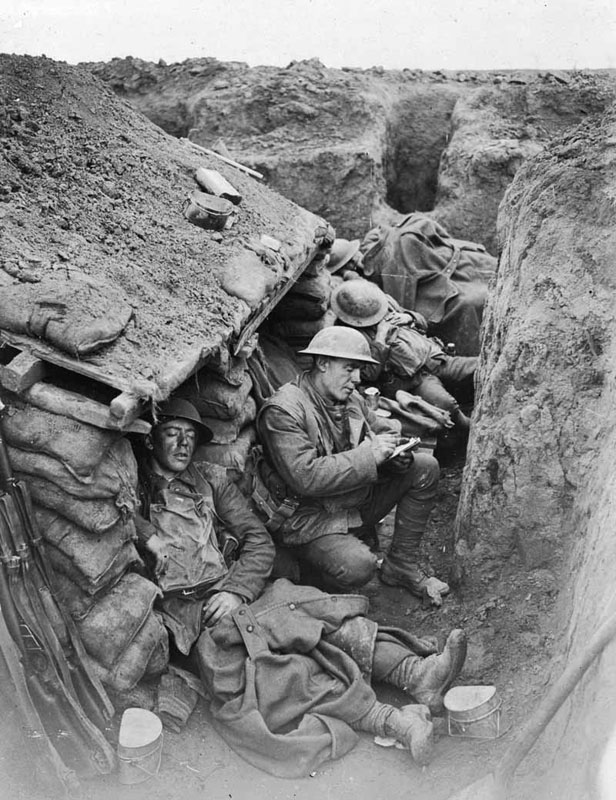

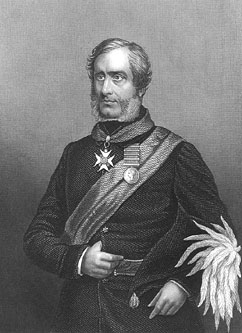 Sir Henry Havelock
Sir Henry Havelock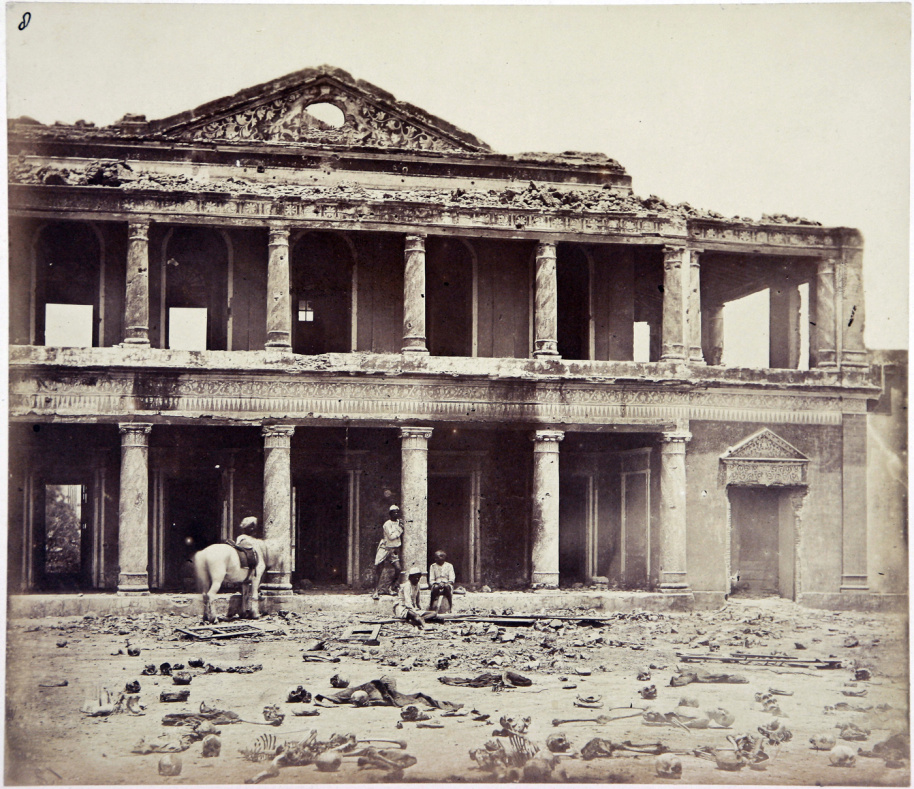 The siege and relief of the city cost the British 2,500 killed, wounded or missing. After this Sparling marched with his regiment to relieve Cawnpore which had been captured by Indian forces, but they arrived too late to prevent the massacre of 120 women and children based there. After the British had surrendered Cawnpore to the Indians in return for safe passage to Allahabad, the men were executed and the women and children hacked to death with meat cleavers and their remains thrown into a well to conceal the evidence. This led to retaliatory counter atrocities by the outraged British relief force soldiers who killed an estimated 7,000 Indian locals and executed many of the leaders of the mutiny.
The siege and relief of the city cost the British 2,500 killed, wounded or missing. After this Sparling marched with his regiment to relieve Cawnpore which had been captured by Indian forces, but they arrived too late to prevent the massacre of 120 women and children based there. After the British had surrendered Cawnpore to the Indians in return for safe passage to Allahabad, the men were executed and the women and children hacked to death with meat cleavers and their remains thrown into a well to conceal the evidence. This led to retaliatory counter atrocities by the outraged British relief force soldiers who killed an estimated 7,000 Indian locals and executed many of the leaders of the mutiny.